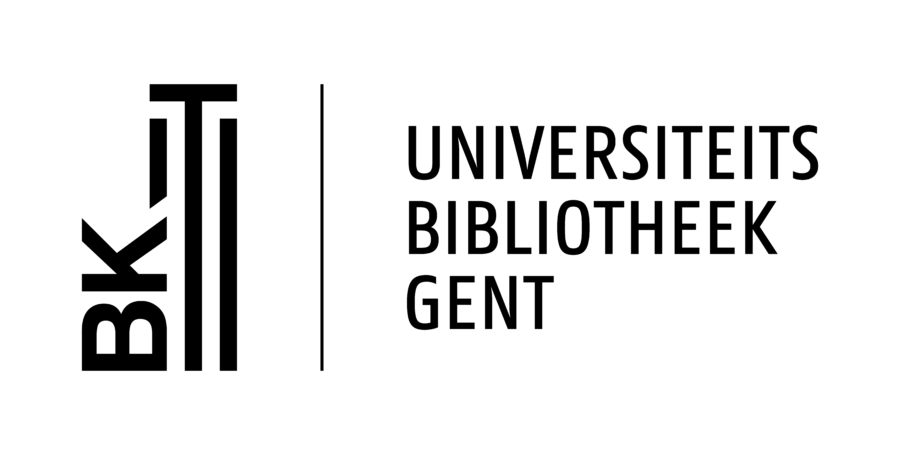Secure MQTT PUF-Based Key Exchange Protocol for Smart Healthcare
Abstract
Keywords
Full Text:
PDFReferences
F. Wu, X. Li, L. Xu, S. Kumari, and A. K. Sangaiah,“A novel mutual authentication scheme with formal proof for smart healthcare systems under global mobility networks notion,” Comput. Electr. Eng., vol. 68, pp. 107–118, May 2018, doi: 10.1016/j.compeleceng.2018.03.030.
Y. Zhang, M. Qiu, C. Tsai, M. M. Hassan, and A. Alamri, “Health-CPS: Healthcare Cyber-Physical System Assisted by Cloud and Big Data,” IEEE Syst. J., vol. 11, no. 1, pp. 88–95, Mar. 2017, doi: 10.1109/JSYST.2015.2460747.
N. Tariq, A. Qamar, M. Asim, and F. A. Khan, “Blockchain and Smart Healthcare Security: A Survey,” Procedia Comput. Sci., vol. 175, pp. 615–620, Jan. 2020, doi: 10.1016/j.procs.2020.07.089.
S. B. Baker, W. Xiang, and I. Atkinson, “Internet of Things for Smart Healthcare: Technologies, Challenges, and Opportunities,” IEEE Access, vol. 5, pp. 26521–26544, 2017, doi: 10.1109/ACCESS.2017.2775180.
Minahil, M. F. Ayub, K. Mahmood, S. Kumari, and A. K. Sangaiah, “Lightweight authentication protocol for e-health clouds in IoT based applications through 5G technology,” Digit. Commun. Netw., Jul. 2020, doi: 10.1016/j.dcan.2020.06.003.
R. R. Pahlevi, P. Sukarno, and B. Erfianto, “Implementation of Event-Based Dynamic Authentication on MQTT Protocol,” J. Rekayasa Elektr., vol. 15, no. 2, Art. no. 2, Sep. 2019, doi: 10.17529/jre.v15i2.13963.
P. Gope, O. Millwood, and N. Saxena, “A provably secure authentication scheme for RFID-enabled UAV applications,” Comput. Commun., vol. 166, pp. 19–25, Jan. 2021, doi: 10.1016/j.comcom.2020.11.009.
S. Kardaş, S. Çelik, M. Yıldız, and A. Levi, “PUF-enhanced offline RFID security and privacy,” J. Netw. Comput. Appl., vol. 35, no. 6, pp. 2059–2067, Nov. 2012, doi: 10.1016/j.jnca.2012.08.006.
A. Shamsoshoara, A. Korenda, F. Afghah, and S. Zeadally, “A survey on physical unclonable function (PUF)-based security solutions for Internet of Things,” Comput. Netw., vol. 183, p. 107593, Dec. 2020, doi: 10.1016/j.comnet.2020.107593.
M. Tahavori and F. Moazami, “Lightweight and secure PUF-based authenticated key agreement scheme for smart grid,” Peer--Peer Netw. Appl., vol. 13, no. 5, pp. 1616–1628, Sep. 2020, doi: 10.1007/s12083-020-00911-8.
M. Barbareschi, A. De Benedictis, E. La Montagna, A. Mazzeo, and N. Mazzocca, “A PUF-based mutual authentication scheme for Cloud-Edges IoT systems,” Future Gener. Comput. Syst., vol. 101, pp. 246–261, Dec. 2019, doi: 10.1016/j.future.2019.06.012.
S. Khan, A. P. Shah, N. Gupta, S. S. Chouhan, J. G. Pandey, and S. K. Vishvakarma, “An ultra-low power, reconfigurable, aging resilient RO PUF for IoT applications,” Microelectron. J., vol. 92, p. 104605, Oct. 2019, doi: 10.1016/j.mejo.2019.104605.
DOI: https://doi.org/10.17529/jre.v17i2.20428
Article Metrics
Abstract view : 0 timesPDF - 0 times
Refbacks
- There are currently no refbacks.
View My Stats
Jurnal Rekayasa Elektrika (JRE) is published under license of Creative Commons Attribution-ShareAlike 4.0 International License.







